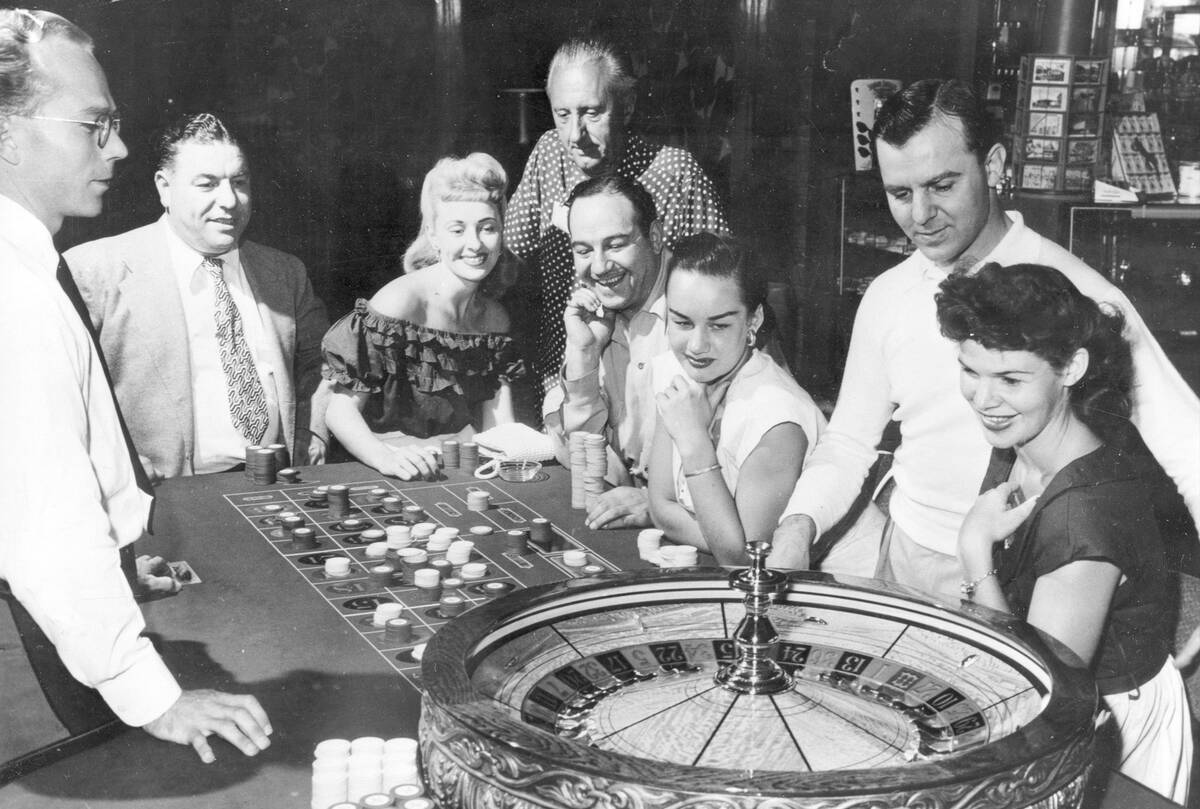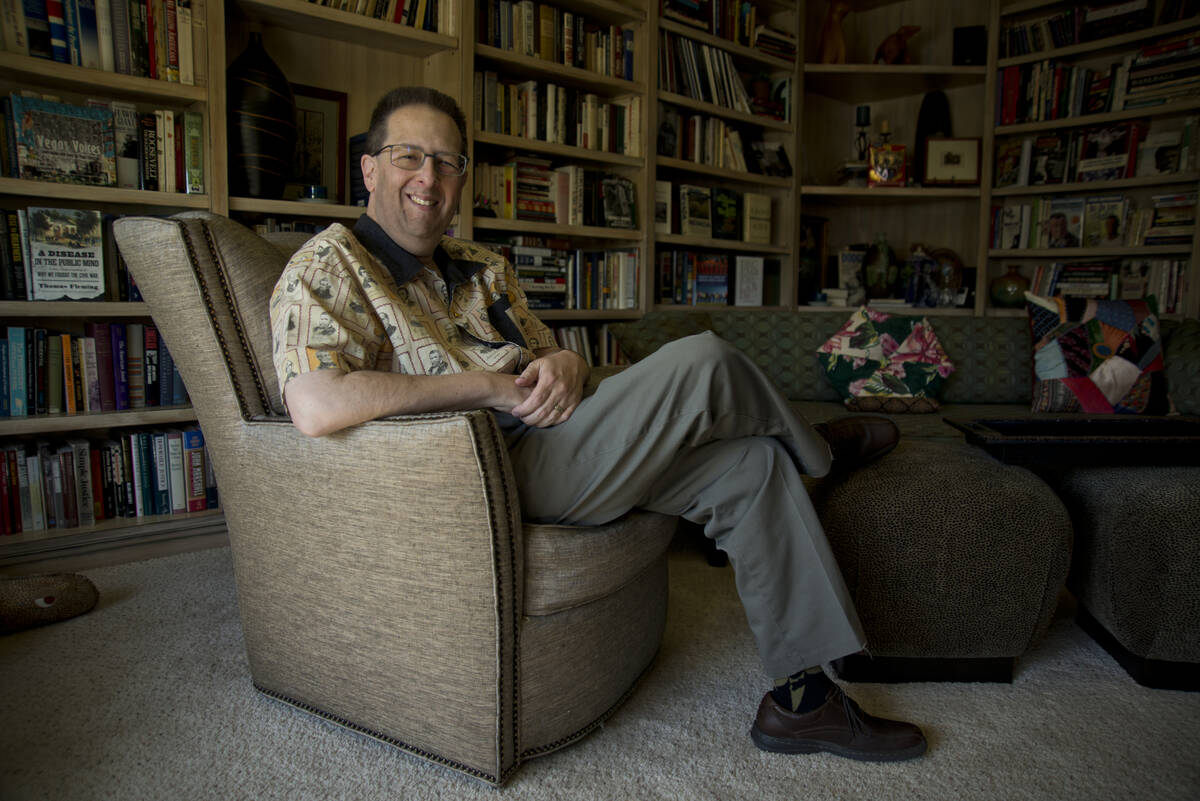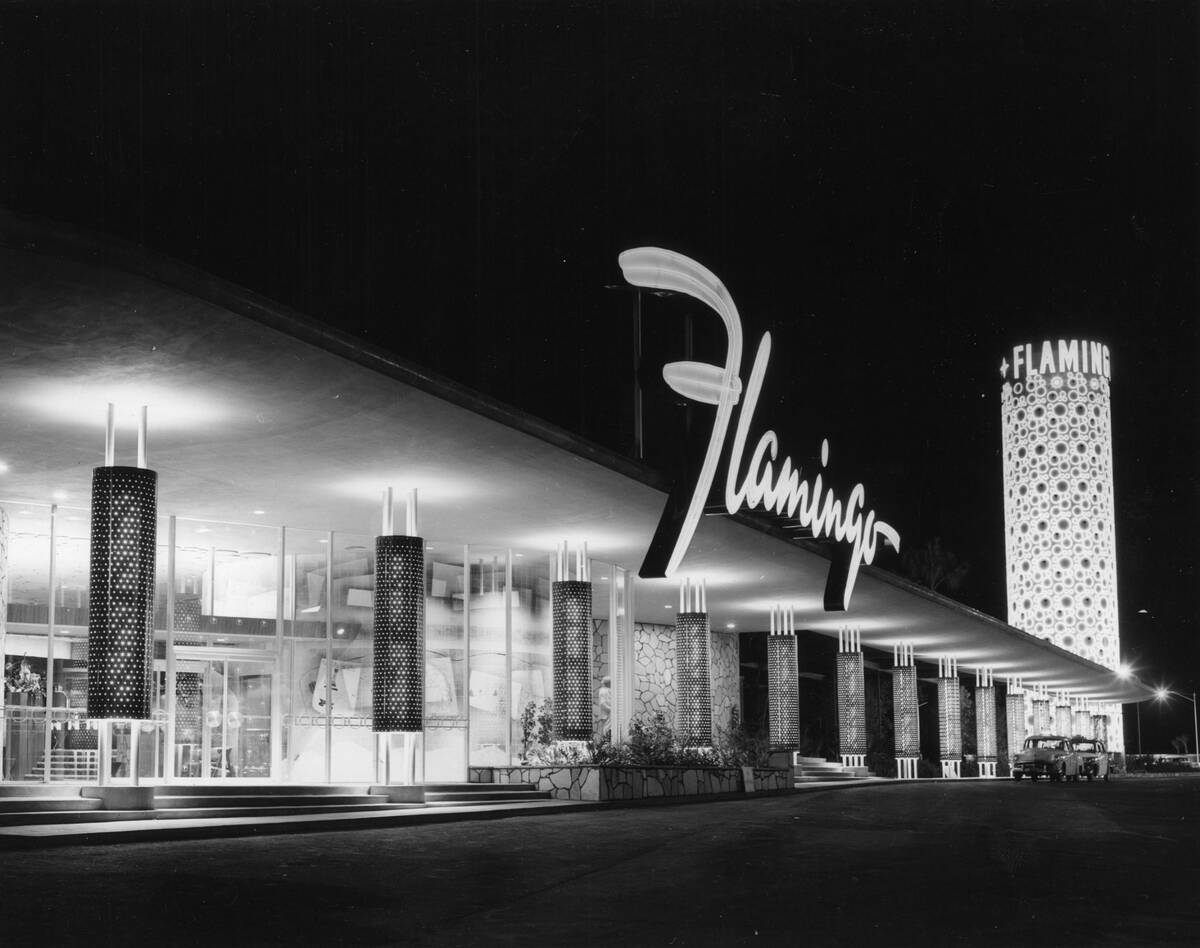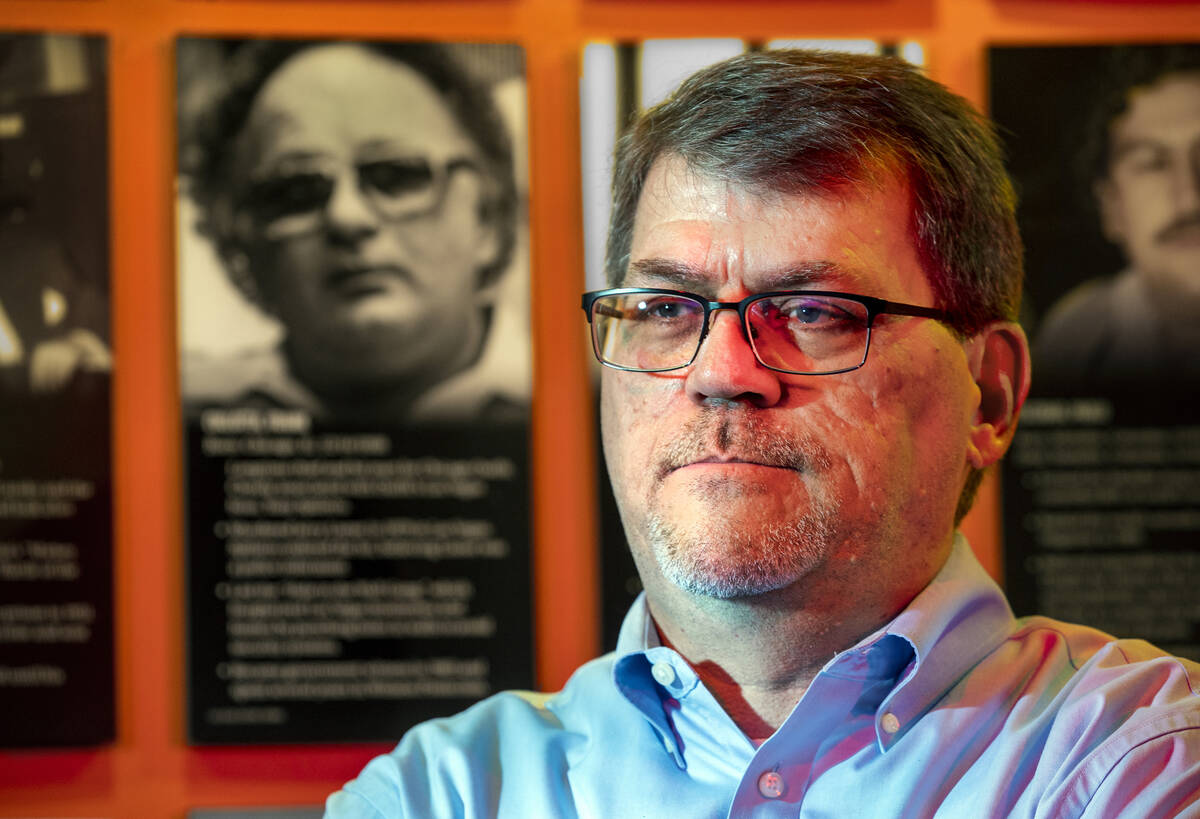When did the mob first get involved in Las Vegas?
When it comes to Las Vegas’ mobster roots, most local historians go back to one point in time and two people in particular.
Back in 1940, Brooklyn, New York mobster Bugsy Siegel had come to town from Los Angeles and invested money in the Northern Club on Fremont Street looking to bite into the race wire market. He dabbled in a few other ventures as well; however, it was when Siegel got involved in the famous Flamingo casino on the Strip that Las Vegas and mobster life started becoming synonymous with one another.
Geoff Schumacher, the vice president of exhibits and programs with The Mob Museum in Las Vegas noted two casinos had already opened on then Highway 91, including the El Rancho Vegas and Hotel Last Frontier, but it was Siegel’s involvement in one project that gets all the attention. Schumacher said the Brooklyn mobster latched onto Billy Wilkerson’s gambling habit as a way into the bigger world of casinos.
Wilkerson, who was based out of Los Angeles and the publisher of The Hollywood Reporter, bought the land where the Flamingo would be built and started construction in 1945, but soon ran out of money due to his expensive vice.
“He loved to gamble, and he was coming to Las Vegas on a regular basis and he decided he wanted to build a resort of his own,” he said. “And so Wilkerson buys the land for the Flamingo, and he starts building the Flamingo but Wilkerson runs into financial problems pretty quickly.”
Enter Siegel, who saw an opportunity, said Schumacher.
“(Wilkerson) was kind of a degenerate gambler and he lost a lot of money at the tables at other casinos in Las Vegas so he needed some financial backing for the Flamingo, so he ultimately turned to the New York mob, he turned to Meyer Lansky and Siegel and Moe Sedway and asked them for money to invest in the Flamingo and they did.”
Lanksy was known as “The Mob’s Accountant” and Sedway was an associate of Siegel, however Schumacher said it was Siegel who showed the most interest in the project at in the get-go.
“He not only wanted to invest in it, he wanted to run it, he wanted to own it. He thought this was a way for him to go legit,” Schumacher said. “You know, this is my opportunity to escape this sort of life of underworld crime and actually run a legitimate operation. So in Bugs’ twisted thinking he sort of forced Wilkerson out with literal physical threats and he took over the project in 1946 and then proceeded to spend a lot of money.”
Siegel received loans from other mobsters and ended up investing $6 million in the Flamingo, but soon found out running a casino and hotel was harder than it looked. When the Flamingo opened on Dec. 26, 1946, the hotel rooms were still not finished, and he was forced to shut it down in February 1947, reopening the next month.
However Siegel would meet an untimely death shortly after, shot while sitting on a couch in girlfriend Virginia Hill’s Beverly Hills house on June 20, 1947. The murder has yet to be solved, and Michael Green, the department chair and a professor at UNLV’s Department of History, said part of Siegel’s downfall could be attributed to his fame and notoriety.
Green referenced the 1991 movie “Bugsy” in which a fictionalized version of Siegel is portrayed by Warren Beatty for offering what could be seen as a clue.
“There is a line I like to use for this. There is a scene in the movie where Lansky says to Siegel, ‘You’re becoming famous, and famous is good for Joe DiMaggio, it’s not good for you.’ And the old mob took that approach, the fact that Siegel became famous was bad for him and it was bad for them. Better to fly under the radar.”
Contact Patrick Blennerhassett at pblennerhassett@reviewjournal.com.


























